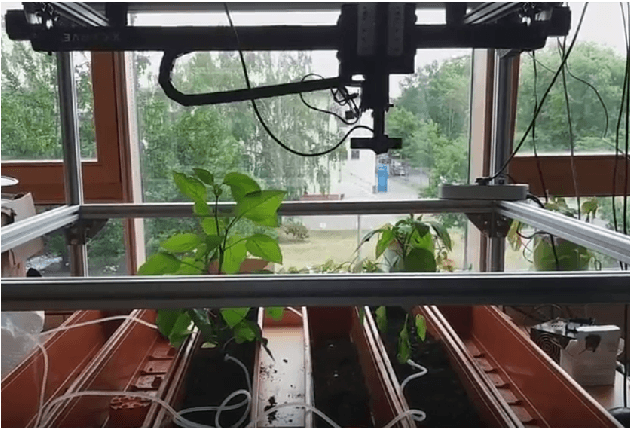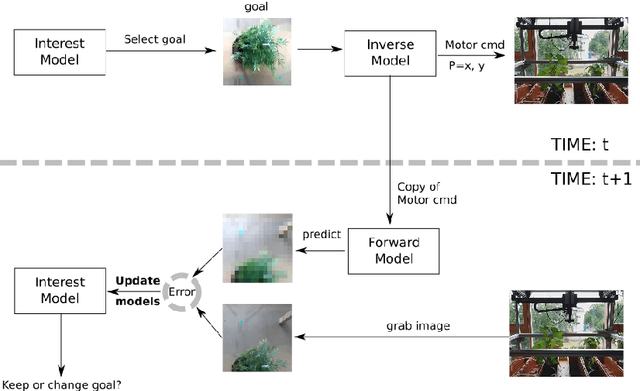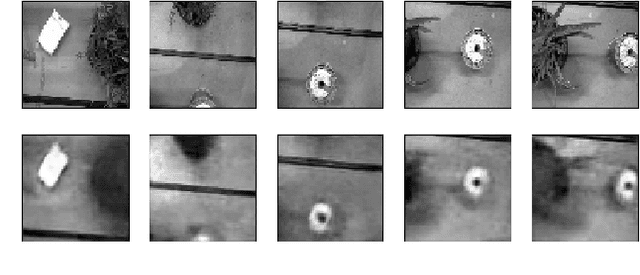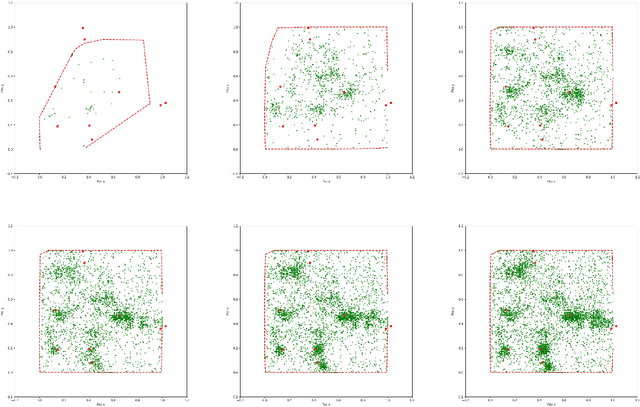Peter Hanappe
Continual Learning with Deep Streaming Regularized Discriminant Analysis
Sep 15, 2023Abstract:Continual learning is increasingly sought after in real world machine learning applications, as it enables learning in a more human-like manner. Conventional machine learning approaches fail to achieve this, as incrementally updating the model with non-identically distributed data leads to catastrophic forgetting, where existing representations are overwritten. Although traditional continual learning methods have mostly focused on batch learning, which involves learning from large collections of labeled data sequentially, this approach is not well-suited for real-world applications where we would like new data to be integrated directly. This necessitates a paradigm shift towards streaming learning. In this paper, we propose a streaming version of regularized discriminant analysis as a solution to this challenge. We combine our algorithm with a convolutional neural network and demonstrate that it outperforms both batch learning and existing streaming learning algorithms on the ImageNet ILSVRC-2012 dataset.
Intrinsic Motivation and Episodic Memories for Robot Exploration of High-Dimensional Sensory Spaces
Jan 07, 2020



Abstract:This work presents an architecture that generates curiosity-driven goal-directed exploration behaviours for an image sensor of a microfarming robot. A combination of deep neural networks for offline unsupervised learning of low-dimensional features from images, and of online learning of shallow neural networks representing the inverse and forward kinematics of the system have been used. The artificial curiosity system assigns interest values to a set of pre-defined goals, and drives the exploration towards those that are expected to maximise the learning progress. We propose the integration of an episodic memory in intrinsic motivation systems to face catastrophic forgetting issues, typically experienced when performing online updates of artificial neural networks. Our results show that adopting an episodic memory system not only prevents the computational models from quickly forgetting knowledge that has been previously acquired, but also provides new avenues for modulating the balance between plasticity and stability of the models.
 Add to Chrome
Add to Chrome Add to Firefox
Add to Firefox Add to Edge
Add to Edge